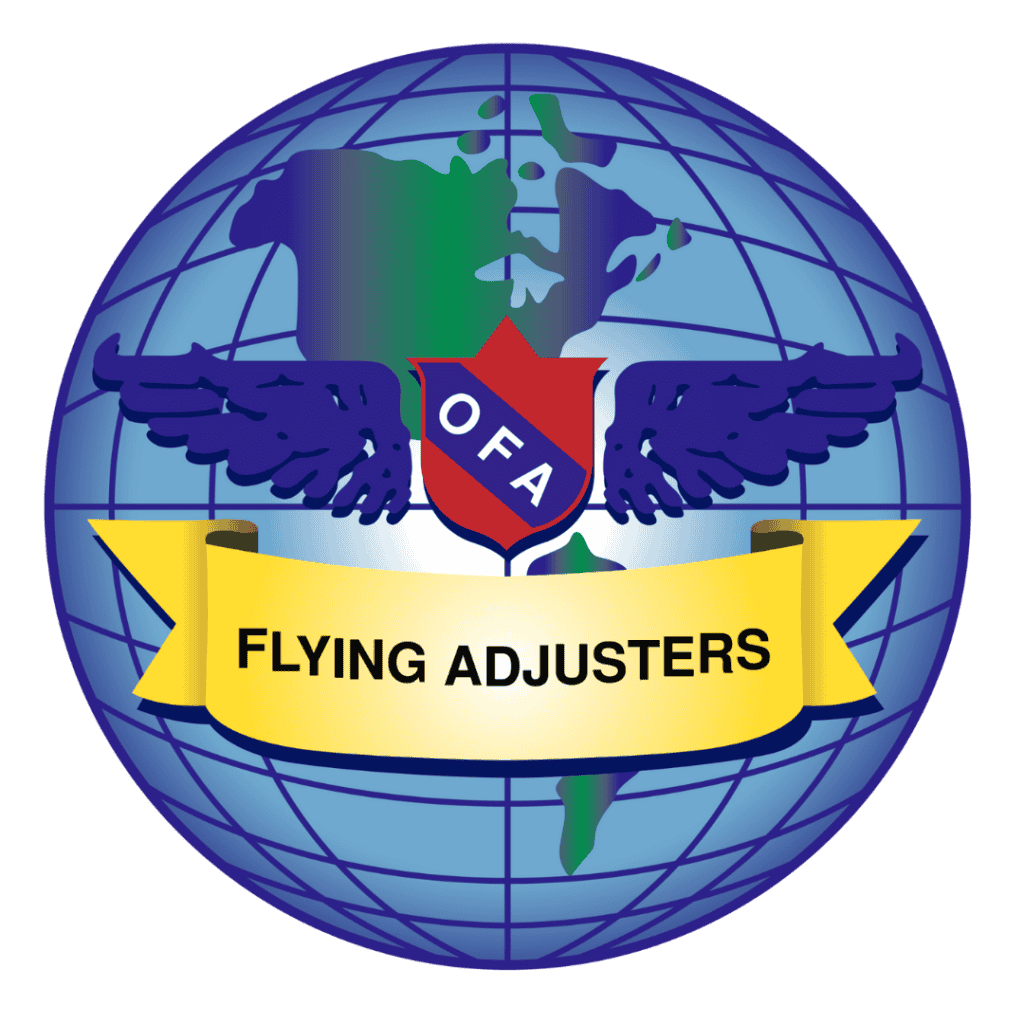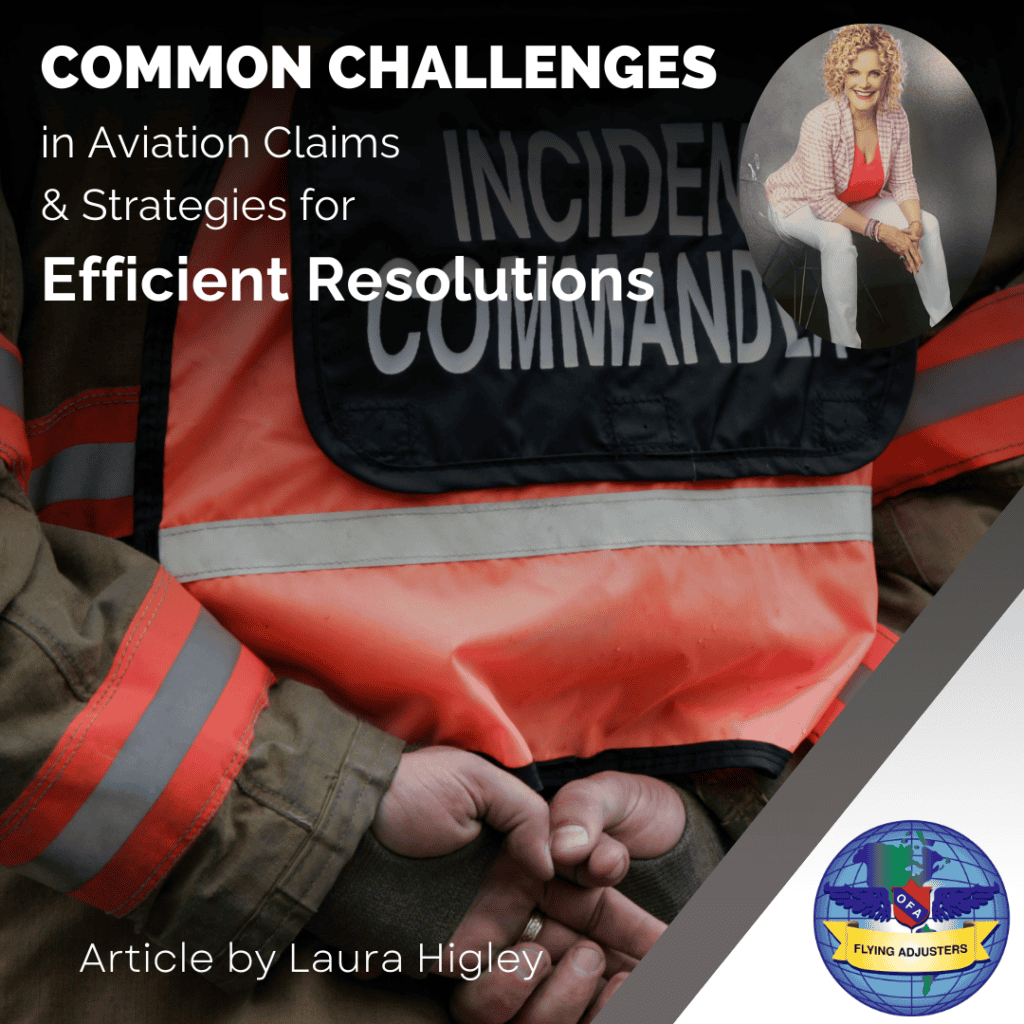Introduction
Aviation claims adjusting is a specialized field that requires in-depth industry knowledge, technical expertise, and the ability to navigate complex regulatory environments. Whether dealing with private aircraft, corporate jets, or commercial airlines, adjusters must contend with numerous challenges that can delay claim resolutions, increase costs, and complicate settlements.
Recent aviation incidents highlight the complexity of aviation claims. The mid-air collision between an American Airlines regional jet and a U.S. Army Black Hawk helicopter over the Potomac River in January 2025, resulting in 67 fatalities, has drawn attention to the intricate process of determining fault and handling liability claims ([Insurance Business Magazine]. Meanwhile, legal disputes over aircraft stranded in Russia due to geopolitical tensions are creating significant challenges for insurers and lessors, with cases valued at billions of dollars ([The Guardian]
For members of the Organization of Flying Adjusters (OFA) and professionals in the aviation insurance industry, understanding these challenges and implementing strategic solutions is crucial. This article explores the most common hurdles in aviation claims and offers effective strategies to enhance efficiency in handling them.
1. The Complexity of Aviation Insurance Policies
Challenge:
Aviation insurance policies are often tailored to the specific needs of aircraft owners, operators, and insurers. These policies can be incredibly detailed and complex, leading to disputes over coverage limits, exclusions, and liability clauses.
Strategy for Resolution:
– Thorough Policy Review: Adjusters should carefully analyze policy documents to clarify coverage scope, exclusions, and endorsements before claim negotiations begin.
– Effective Communication: Engage with insured parties early to explain policy terms, mitigating potential misunderstandings.
– Legal Consultation: When faced with ambiguous clauses, working with aviation insurance attorneys can provide clarity and prevent prolonged disputes.
—
2. Determining Liability and Fault
Challenge:
Accurately determining fault in aviation incidents is one of the most challenging aspects of claims adjusting. Multiple parties—including pilots, maintenance crews, manufacturers, and air traffic control—can share responsibility for an incident.
Strategy for Resolution:
– Comprehensive Investigation: Collect all available evidence, including flight data recorder information, maintenance logs, witness statements, and expert analyses.
– Collaboration with Industry Experts: Work with aviation safety professionals and forensic analysts to accurately determine the root cause of an incident.
– Comparative Fault Assessment: Use legal frameworks to distribute liability appropriately among responsible parties, facilitating fair settlements.
—
3. Delays in Claims Processing
Challenge:
Lengthy claims processing can lead to increased costs and dissatisfaction among policyholders. Delays often stem from inadequate documentation, slow responses from involved parties, and regulatory requirements.
Strategy for Resolution:
– Establish Clear Documentation Requirements: Providing a checklist for policyholders can streamline the submission of essential documents.
– Use of Digital Claims Management Systems: Implementing digital platforms can improve efficiency by automating claims tracking and document processing.
– Proactive Follow-Ups: Regularly checking in with insurers, claimants, and repair facilities helps expedite the process.
—
4. Disputes Over Aircraft Valuation and Repair Costs
Challenge:
Determining the pre-loss value of an aircraft and estimating repair costs can lead to significant disputes between insurers and claimants.
Strategy for Resolution:
– Utilization of Aircraft Valuation Tools: Resources like **AOPA VREF, AMSTAT, and Asset Insight** provide reliable aircraft valuation data.
– Engaging Independent Appraisers: Third-party appraisers can provide unbiased assessments, reducing conflicts over value estimates.
– Cost-Benefit Analysis of Repairs vs. Total Loss: A thorough financial analysis should be conducted to determine whether repairing an aircraft is economically viable.
—
5. Navigating Regulatory Compliance
Challenge:
Aviation claims must adhere to regulations from agencies like the **Federal Aviation Administration (FAA), National Transportation Safety Board (NTSB), and international aviation authorities**. Compliance issues can delay claim settlements and expose insurers to legal risks.
Strategy for Resolution:
– Stay Updated on Aviation Regulations: Regular training and membership in professional organizations such as OFA and the Aviation Insurance Association (AIA) can help adjusters remain informed.
– Work with Regulatory Experts: Collaborate with compliance specialists who understand federal and international aviation laws.
– Develop Standardized Compliance Procedures: Creating internal protocols for handling claims in a regulatory-compliant manner minimizes legal risks.
—
6. Fraudulent Claims in Aviation Insurance
Challenge:
Insurance fraud in aviation can involve inflated repair costs, staged accidents, or false claims of aircraft damage.
Strategy for Resolution:
– Advanced Data Analytics: Use AI-driven fraud detection software to identify inconsistencies in claims data.
– Thorough Inspections: Conduct detailed site visits and independent aircraft inspections to verify damage claims.
– Collaborate with Law Enforcement: Work with aviation authorities and fraud prevention agencies to detect and prevent fraudulent activities.
—
7. Disruptions Caused by Supply Chain Issues
Challenge:
Global supply chain disruptions can delay aircraft repairs, leading to extended downtime and increased loss-of-use claims.
Strategy for Resolution:
– Pre-Approved Repair Facilities: Maintain a list of trusted repair shops with verified parts availability.
– Alternative Parts Sourcing: Explore options like used or refurbished aircraft parts when permitted by policy terms.
– Negotiation of Rental Agreements: If repairs take longer than expected, negotiating temporary aircraft rentals for clients can reduce loss-of-use expenses.
—
8. Environmental and Weather-Related Claims
Challenge:
Natural disasters such as hurricanes, hailstorms, and floods pose a significant risk to aircraft, leading to complex claims involving extensive damage assessments.
Strategy for Resolution:
– Use of Satellite & Drone Imaging: Advanced technology can provide accurate damage assessments following weather-related incidents.
– Risk Mitigation Programs: Encouraging policyholders to implement protective measures, such as aircraft shelters and early evacuation plans, can reduce potential losses.
– Parametric Insurance Solutions: Consider incorporating parametric policies that trigger payments based on predefined weather conditions, reducing dispute risks.
—
Conclusion
Aviation claims adjusting presents a unique set of challenges that require specialized knowledge, meticulous documentation, and strategic problem-solving. By implementing best practices in **policy interpretation, liability determination, digital claims processing, regulatory compliance, and fraud prevention**, adjusters can significantly improve efficiency and claim resolution times.
For members of the **Organization of Flying Adjusters (OFA)**, leveraging technology, collaborating with industry experts, and staying informed on regulatory updates are key to success in this evolving field. As the aviation industry continues to grow and adapt to new challenges, a proactive and strategic approach to claims handling will be essential in ensuring fair outcomes and maintaining policyholder trust.
—
Get Involved with OFA
Interested in furthering your expertise in aviation claims? The **OFA community** provides ongoing professional development, industry networking, and exclusive access to educational resources. **Join today and take your aviation adjusting career to new heights!

